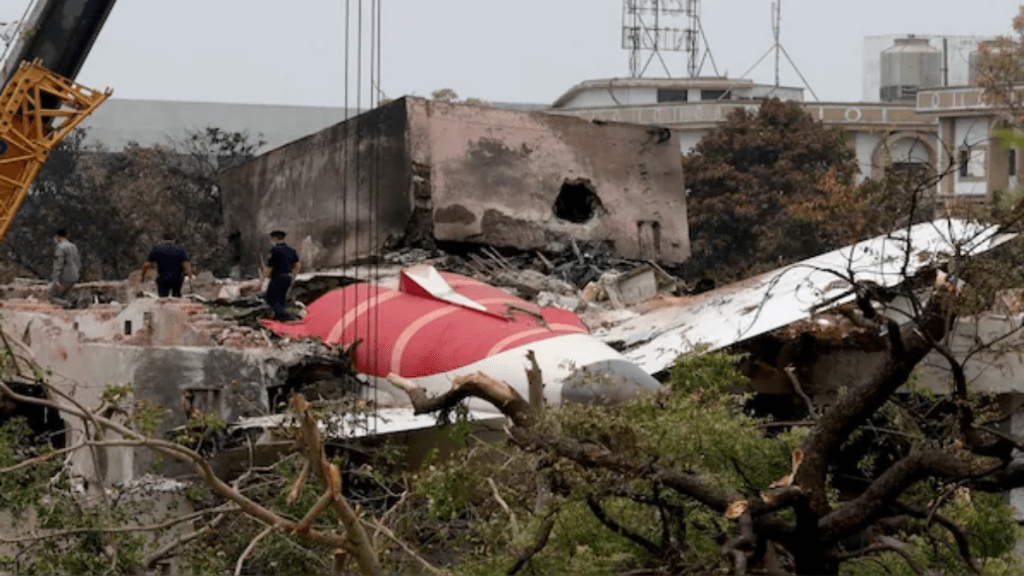The preliminary investigation into the Air India crash in Ahmedabad, which killed 260 people, has indicated that issues related to the engine fuel control switches may have triggered the deadly accident. The London-bound AI-171 flight crashed within seconds of take-off on June 12, striking the BJ Medical College hostel building and killing all 241 passengers and crew on board, along with 19 people on the ground.
According to Air Current, an aviation industry publication, early findings from the aircraft’s flight and voice data recorders suggest the possibility of improper movement of fuel control switches in the cockpit. The analysis is part of a wider investigation being led by India’s Aircraft Accident Investigation Bureau (AAIB).
What Are Fuel Control Switches?
In the Boeing 787 Dreamliner, fuel control switches marked as RUN and CUTOFF are used on the ground to start or shut down the engines. These switches are located below the throttle levers inside a fuel control module. Built-in brackets and metal stop locks are included to prevent accidental activation, requiring crew to lift the lock before changing the switch’s position.
Function and Risk in Flight
If the fuel control switch is moved from RUN to CUTOFF mid-flight, fuel supply to the corresponding engine stops, resulting in engine shutdown and immediate loss of thrust. Additionally, both electrical generators on the engine would cease to function, disabling several cockpit displays and critical systems, as per Air Current.
Despite engine failure, the Boeing 787’s fly-by-wire system is capable of automatically adjusting flaperons, ailerons, and rudder to stabilize the aircraft using asymmetrical thrust. Pilots also receive tactile cues if thrust imbalance occurs, aiding them in corrective maneuvers.
Sources told Air Current that while black box data suggests loss of thrust, it remains unclear whether the fuel switches were moved accidentally, deliberately, or due to another issue before or after the incident. Aviation safety expert John Cox noted, “You can’t bump them, and they move,” highlighting the design safeguards of the cockpit switches.
According to Reuters, the ongoing investigation has not yet flagged any mechanical failure or prompted any bulletin advising airlines to alter Boeing 787 operations.
Multi-Agency Probe Underway
The investigation is being led by the AAIB and includes members from the Indian Air Force, Hindustan Aeronautics Limited (HAL), and the U.S. National Transportation Safety Board (NTSB), the official agency responsible for investigating aircraft manufactured in the United States. Representatives from Boeing and GE are also part of the probe.
The AAIB team, along with Boeing, GE, and U.S. investigators, successfully retrieved and decoded the flight data from the aircraft’s black boxes at the AAIB laboratory. A preliminary report has already been submitted to the Ministry of Civil Aviation earlier this week.
Meanwhile, a panel of Indian Parliamentarians is set to review civil aviation safety in the wake of the crash. Government and industry officials have been called to appear on Wednesday to answer questions, with the AI-171 crash being a key topic of discussion.

